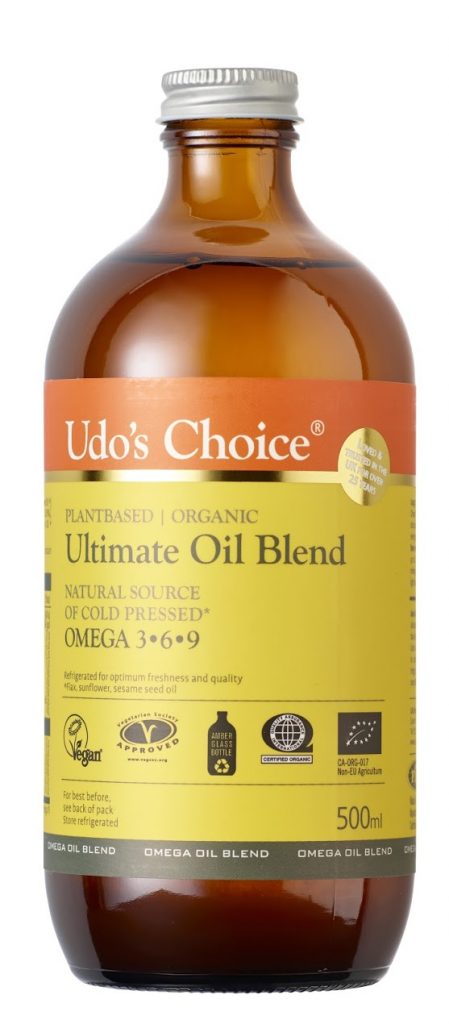January inevitably brings the desire to cast away the excesses of the holiday period and embark on a new regime of health. There’s so many options to choose that the whole thing can feel overwhelming that many people can be put off before they’ve even started.
I believe in a simple approach, one that is sustainable and easy to implement and doesn’t feel like you’re counting down to the end of the month until you can go back to doing what you did before, starting the day with a morning smoothie fits the bill.

Before we get into it I’d like to explain the difference between juicing and making a smoothie, why I’m for one and against the other.
Juicing is a process where the fruits (or vegetables) passes through a machine to extract the juice and remove the pulp, the juice contains the nutrients of the fruit. Making a smoothie blends the fruit (or vegetables) into a liquid, what your left with is the whole fruit. By consuming the whole fruit you get the fibre which is enhances digestion by giving bulk to your stool (helps keep you regular) as well as providing food for your beneficial gut bacteria, it also slows down the absorption of sugar, you would be amazed to see the sugar content of so call healthy fruit juices, not to mention the effects on blood sugar. You could drink the juice from 200g of fruit in a few seconds, drinking or eating the 200g of the whole thing takes a lot longer, is a lot more filling and won’t spike your blood sugar.
Now that you’ve decided to make some smoothies, you may be thinking you need a recipe book? Wrong!
The point of making a smoothie is simple, get 10+ portions of fruit and vegetable before 9.00am.
Yes, it need to taste nice, but the key is getting a variety for plants with lots of different colours. So make your goal simple to eat a rainbow for breakfast.
You want to start with a base of green leafy vegetable (kale, spinach or watercress)
Then go through your fridge and try to make your rainbow, the aim is do to around 60-70% vegetables and the rest fruit, particularly berries and cherries, consider the following
| Red | Yellow | Orange | White | Purple | Green |
| Strawberry | Pineapple | Carrots | Cabbage | Raw beetroot | Asparagus |
| Raspberry | Papaya | Orange | Cauliflower | Red cabbage | Broccoli |
| Cherry | Pepper | Satsuma | Celery | Aubergine | Kiwi |
| Pepper | Cantaloupe | Pumpkin | Blueberries | Sugar snap | |
| Apple | Lemon | Blackberries | Mange tout | ||
| Ginger | Pears | ||||
| Banana | |||||
Then add a few scoops of Greek yogurt to increase the protein content.
For added nutrition you could also consider the following.
Udo’s oil is an mixed blend of essential fatty acids from nuts and seeds, a great source of omega oils, particularly Omega 3 which we tend to be deficient in on western diets. Click here to buy.

Pukka Clean , a green powder is an excellent way of enhancing the nutritional content of your smoothie make with freeze dried whole grasses (and other vegetables) adds concentrated nutrients to your smoothies. Click here to buy.

Raw cacoa or cocoa nibs are a great way to add a chocolate flavour to your smoothie while increasing the antioxidants content.
Collagen powder adds the structural building blocks to your smoothies, specific blends are particularly effective for hair, skin and nails, the digestive system or joints. Click here to buy Or here to see the Planet Paleo range.

NuZest is a pea based protein excellent if you’re wanting to increase the protein content of you smoothie for recovery, repair or if you’re trying to lose weight or gain muscle. Click here to buy.

Thank You for visiting, happy drinking!
Taz Faruqi
Nutritional Therapist
BSc HONs, DIP ION, mBANT, mCNHCAmatsu physical therapy



